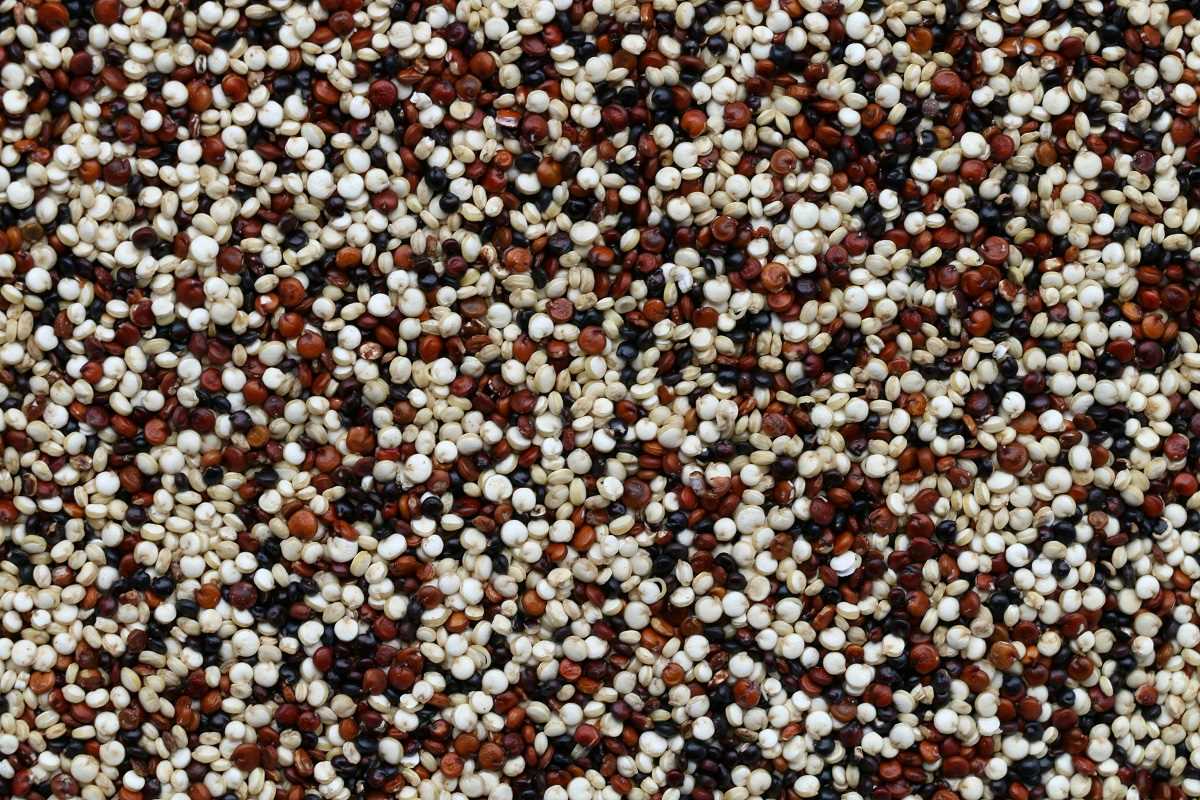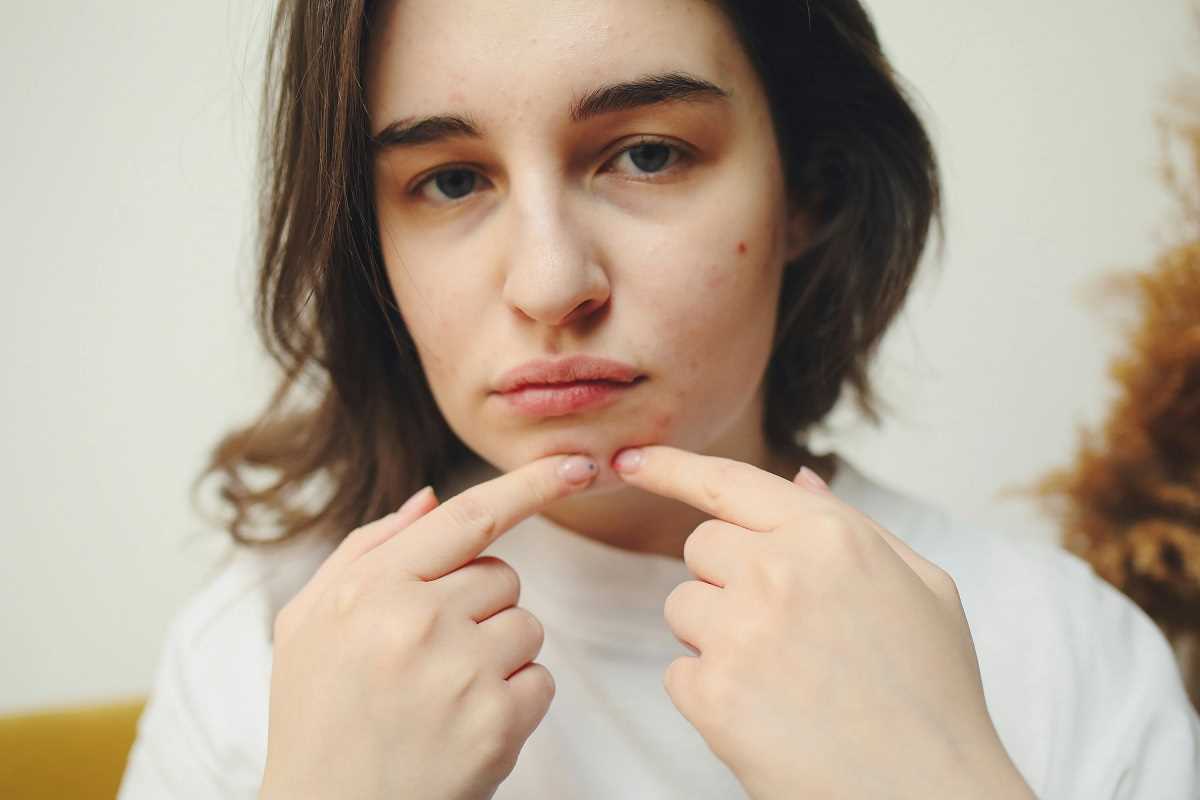Our skin tells the story of our lives. From the scrapes of childhood adventures to the sunburns of summer vacations, it reflects where we’ve been and what we’ve experienced. But as we grow older, our skin evolves in new ways, and not all of them are fun. For older adults, skin health becomes an important aspect of overall well-being. It’s more than just wrinkles and age spots. Common skin conditions can pop up, impacting both comfort and confidence.
Understanding these changes and knowing what to watch for can make a big difference. Whether you’re caring for a loved one, or just navigating the natural changes in your skin, this guide will walk you through the most common skin conditions seen in older adults. We’ll also talk about what causes them and what you can do about them.
Before we dig into specific conditions, it helps to know why skin ages the way it does. Over time, the structure of our skin changes. Here’s the quick science behind it:
- Thinning Skin: The outer layer (epidermis) thins, making the skin more fragile and prone to tears.
- Less Collagen and Elasticity: Collagen provides strength, while elastin keeps skin stretchy. Both of these decrease with age, leading to sagging or wrinkles.
- Reduced Oil Production: The glands responsible for producing oils slow down, which often results in dryness.
- Slower Healing: Cuts or scrapes take longer to heal because the skin’s regeneration process slows.
These natural changes make older adults more vulnerable to specific skin conditions. Now that we understand why, let’s get into the most common culprits.
1. Dry Skin (Xerosis)
If you’ve noticed your skin getting flaky, itchy, or rough over time, you’re far from alone. Dry skin is one of the most common complaints among older patients. This happens largely because the skin’s ability to hold on to moisture decreases as the oil glands become less active. Add in factors like indoor heating, long hot showers, or even certain medications, and it’s no wonder dry skin is such a struggle.
How to Manage It
The good news is that dry skin is relatively easy to tackle. Regular use of moisturizers (look for ones with ceramides or hyaluronic acid for extra hydration) can help lock in moisture. Avoiding harsh soaps and switching to lukewarm water for baths or showers can make a big difference too.
2. Age Spots
Sometimes called “liver spots” (even though they have nothing to do with the liver), age spots are flat, brown or black spots that are most often found on sun-exposed areas like the hands, face, and arms. They’re caused by years of sun damage, and while they’re totally harmless, they can be annoying or make people self-conscious.
Can They Be Prevented?
While you can’t turn back the clock, you can prevent new age spots from forming by wearing sunscreen daily and minimizing sun exposure. If existing spots bother you, treatments like prescription creams or laser therapy might help fade them over time.
3. Skin Cancer
Unfortunately, skin cancer is one of the most serious conditions that becomes more common with age. Years of sun exposure build up over time, increasing the risk, especially for lighter-skinned individuals. The most common types include basal cell carcinoma, squamous cell carcinoma, and melanoma.
Warning Signs to Watch For
- New spots or moles that appear suddenly
- Moles that change in size, shape, or color
- Lesions that don’t heal or bleed easily
If you notice anything unusual on your skin, it’s important to see a dermatologist for evaluation. Early detection can make a huge difference.
4. Rosacea
Rosacea may look like simple redness or flushing at first, but it’s actually a chronic condition that tends to worsen over time. It’s more than just a rosy complexion; symptoms can include visible blood vessels, pimples, and skin thickening. Older adults often find that triggers like spicy foods or extreme weather can set off flare-ups.
Keeping Rosacea in Check
Treatment usually focuses on managing symptoms. Prescription creams, oral medications, and laser therapy can all help. Identifying and avoiding personal triggers is also crucial.
5. Seborrheic Keratosis
You may not know the name, but you’ve probably seen seborrheic keratosis before. These harmless, waxy, or wart-like growths are incredibly common in older adults. They can appear anywhere on the body, but are usually found on the chest, back, or face. People often mistake them for moles or even skin cancer, but seborrheic keratosis is completely benign.
Should You Treat Them?
Most of the time, these growths don’t need treatment unless they’re irritating or you don’t like the way they look. If that’s the case, a dermatologist can easily remove them using techniques like freezing or scraping.
6. Pressure Ulcers (Bedsores)
For older adults who spend a lot of time in bed or sitting in one position, pressure ulcers can become a serious concern. These sores develop when prolonged pressure interrupts blood flow to an area, often affecting spots like the heels, hips, or tailbone.
Prevention Is Key
The best way to manage bedsores is to stop them before they form. Changing positions frequently, using cushioning or padding, and keeping skin clean and dry can all help.
7. Eczema
Eczema isn’t just a childhood condition! Many adults, including older individuals, experience it too. This condition causes red, itchy patches of skin that can flare up from time to time due to irritants like harsh soaps or allergens.
Treatment Options
Hydrating the skin and avoiding triggers are key strategies. A doctor might also recommend topical steroids to reduce inflammation during flare-ups.
8. Shingles
Shingles is a painful, blistering rash caused by the reactivation of the chickenpox virus. Older adults are at higher risk for shingles, especially those with weakened immune systems. The rash typically appears on one side of the body or face and can cause long-lasting nerve pain, even after the rash has healed.
The Good News About Shingles
There’s a vaccine available that can greatly reduce your chances of getting shingles. If you do start to notice early symptoms (like tingling or sensitivity in one area of the body), seeing a doctor quickly for antiviral medication is essential.
 (Image via
(Image via

.jpg)



